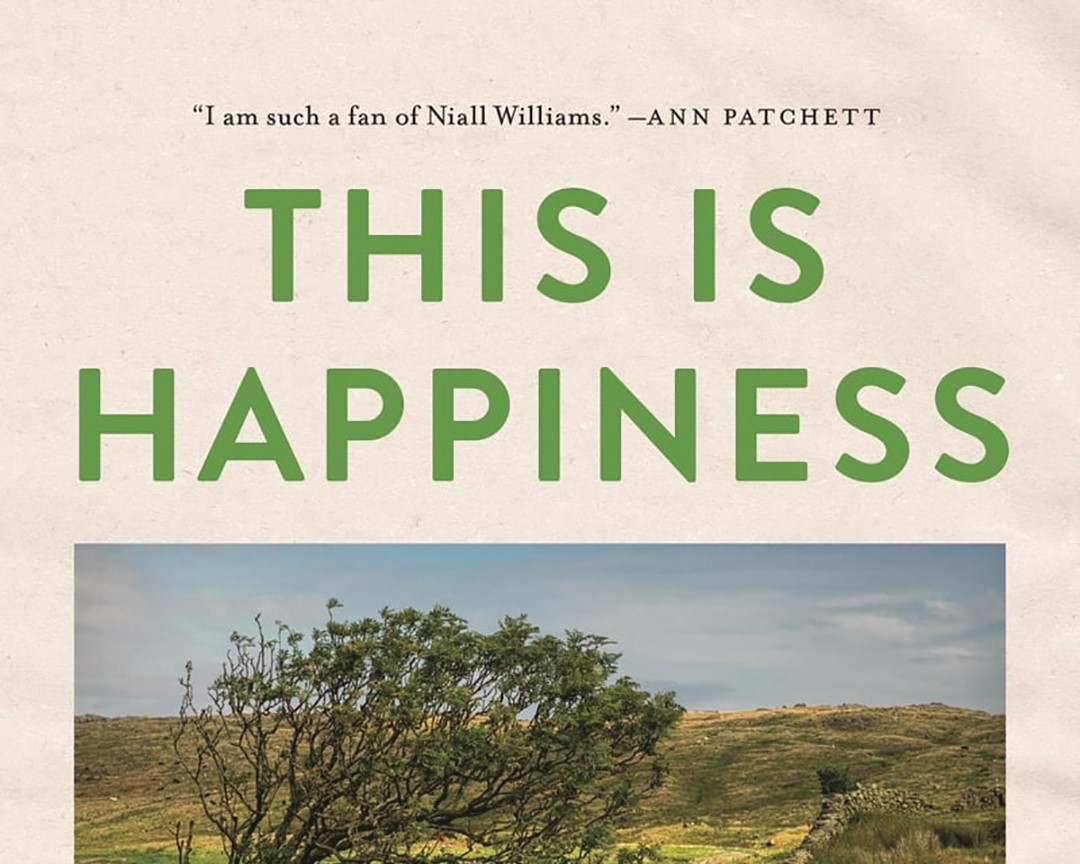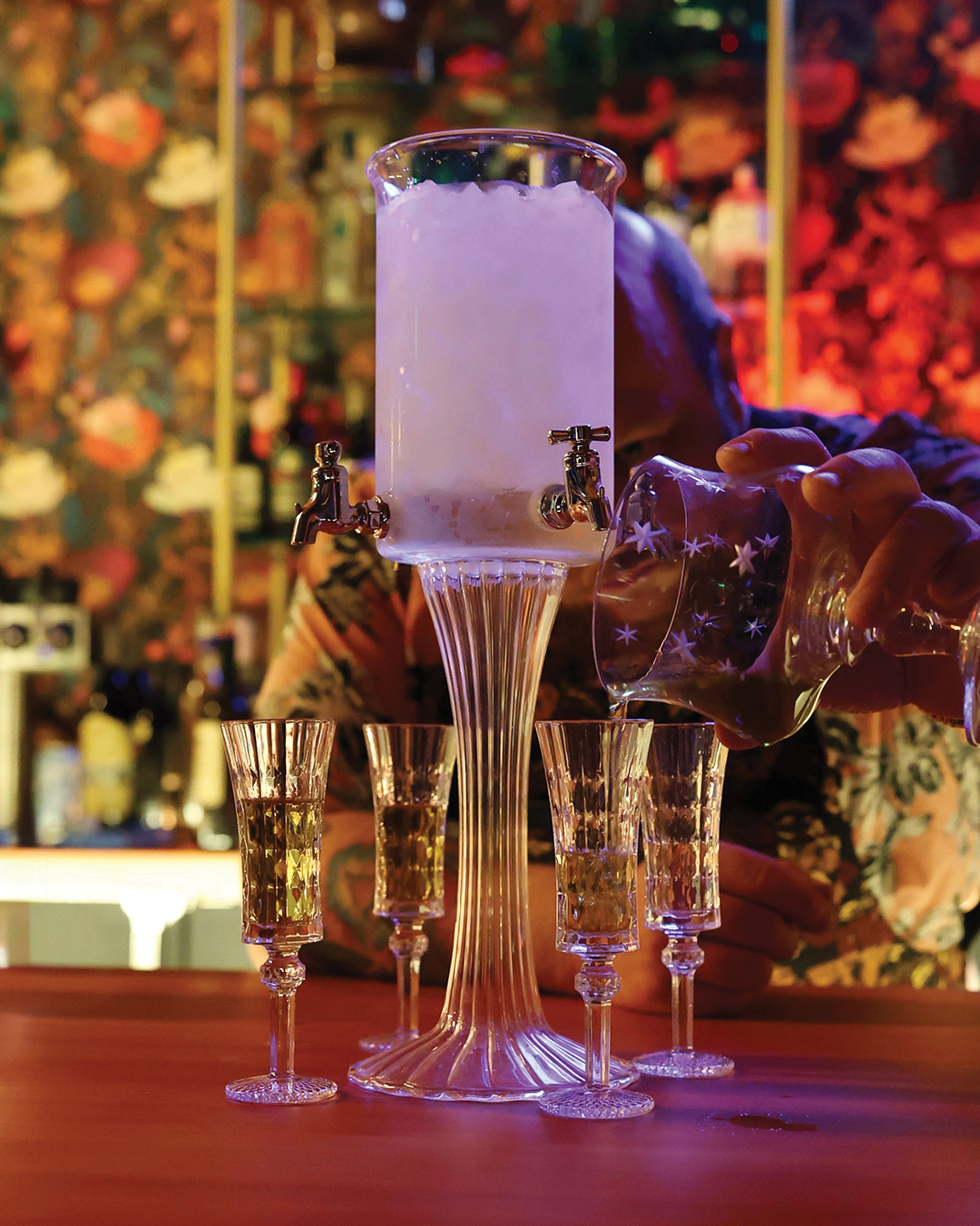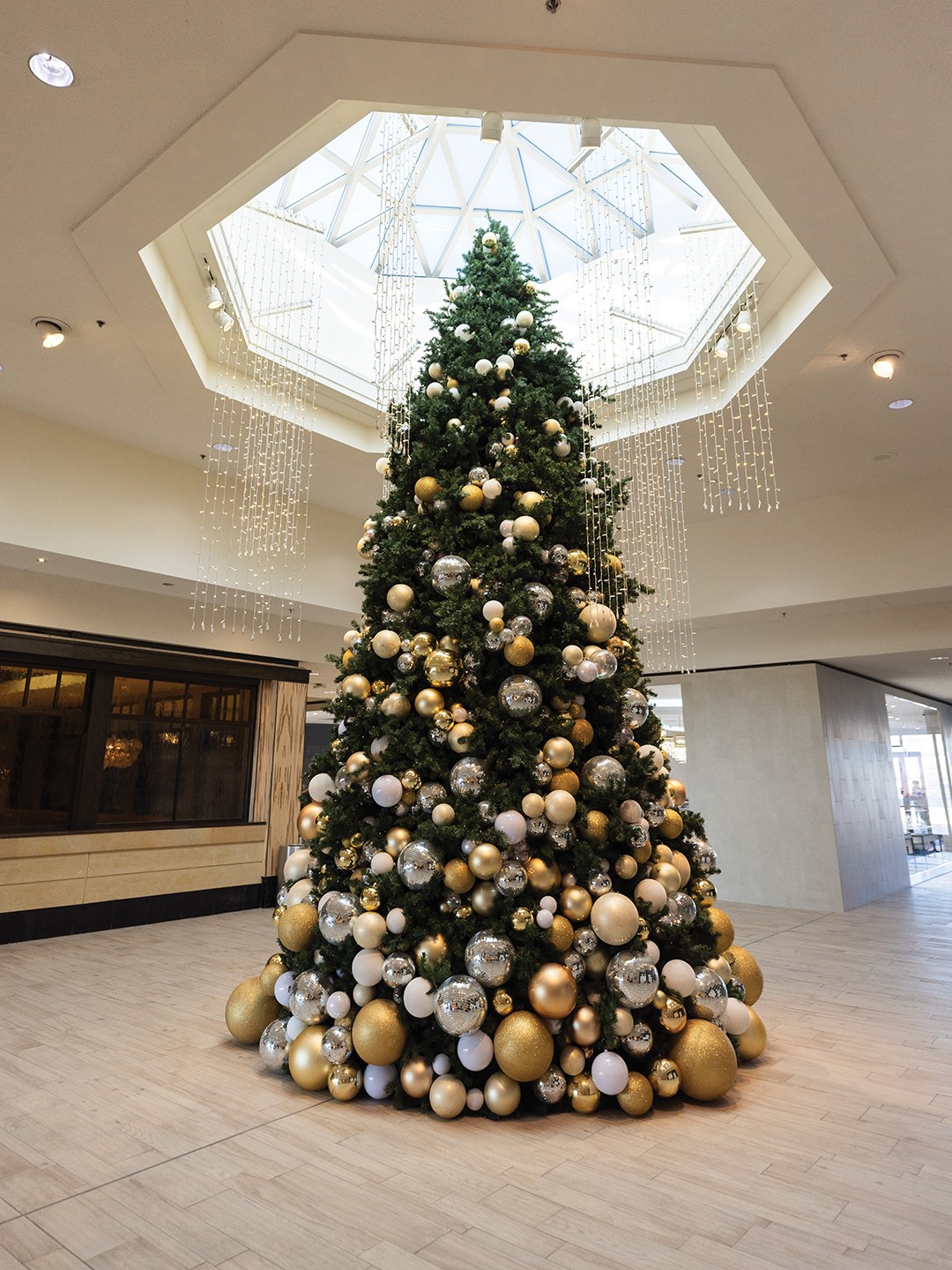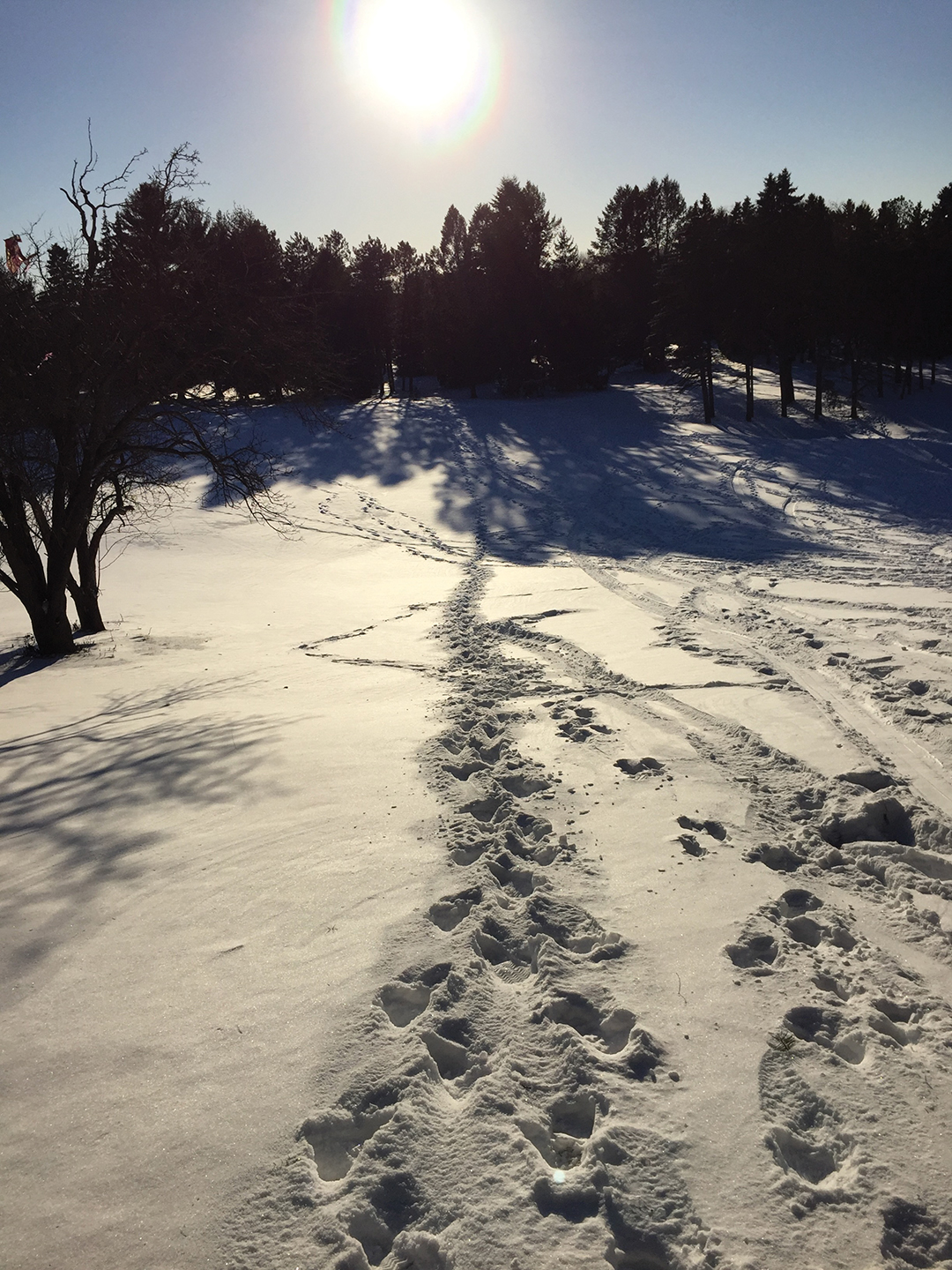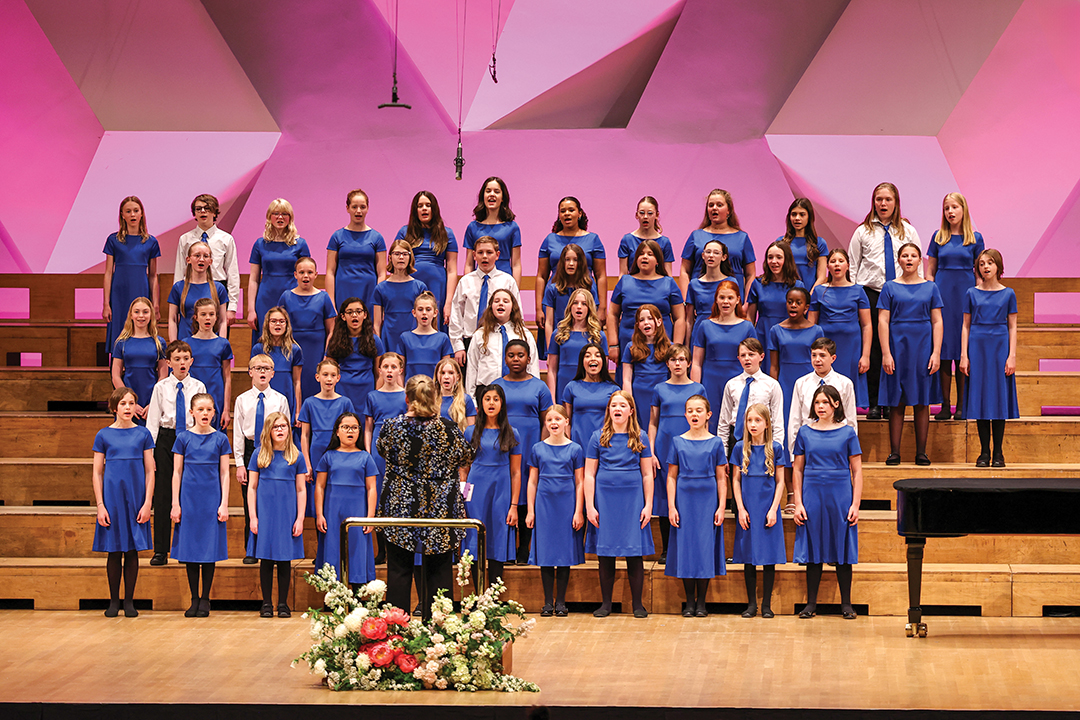
World War II war camp survivor Sally Sudo. Photo: Emily J Davis
The frequent sand storms are one of the things Sally Sudo, an 82-year-old Edina resident, remembers most from the years she and her family were imprisoned in a Japanese American World War II camp after the attack on Pearl Harbor.
She says, “It was so barren that the sand pelted us, and we had to cover our mouths and noses with scarves. It also got inside our tar-paper covered barracks and all over our bedding and everything.”
When Pearl Harbor was attacked by the Japanese on December 7, 1941, Sudo was 6 years old, one of 10 children in the Ohno family living in Seattle, Wash. An atmosphere of hysteria and mistrust toward Americans with Japanese ancestry was immediate.
The government falsely vilified them as spies. Propaganda compared them to monkeys and rats. Then, two months after the attack, with widespread public approval, but without due process, President Franklin D. Roosevelt issued Executive Order 9066, resulting in the evacuation and incarceration of more than 120,000 Japanese Americans living on the west coast.
“What did we do wrong? The only thing we did was happen to look like the enemy,” says Sudo, who chaired the education committee for the Japanese American Citizens League in the Twin Cities for 20 years. “When a population gets dehumanized, it’s easy to think it’s okay to round them up and imprison them,” says Sudo. “There are many parallels to what is happening in the world today.”
Forced to sell their homes and businesses for next to nothing and pack up only what they could carry, families were uprooted, assigned numbers and assembled. “We became family 11872,” says Sudo. Then they were loaded onto trains to one of 10 camps in remote areas of the U.S. The Ohno family went to Minidoka, Idaho, surrounded with barbed wire, searchlights and armed guards.
For three or more years, the inmates lived in shack-like barracks with no running water, one lightbulb and mattresses they made themselves out of bags and straw. Showers and toilets were in communal buildings with no partitions. “The lack of privacy was humiliating for my teenage sisters,” says Sudo. So humiliating, she says, it contributed to one of them having a nervous breakdown.
Her father was deeply impacted during this time, too. “He lost his role as head of the family. He fell into a depression and never fully recovered,” says Sudo.
Through it all, though, those incarcerated displayed the strength of the human spirit. They pooled resources to form makeshift schools, grow vegetables, build furniture and organize sports teams for the kids, according to Sudo. Some camps even helped make camouflage netting for U.S. wartime efforts.
After the war, the Ohno family relocated to Minn. with the help of Sudo’s brother, Joe. He was one of 6,000 Japanese American soldiers who served during World War II in the U.S. Army’s Military Intelligence Service at Camp Savage and Fort Snelling. He said to us, “people seemed accepting in Minnesota. I think you can make a life there,” says Sudo.
In 1988, the Civil Liberties Act was signed by President Ronald Reagan, denouncing the treatment of Japanese Americans during World War II and issuing an apology and restitution for violations of their constitutional rights. But it remains a painful memory and dark chapter in American history.
Sudo—now a mother, grandmother and retired school teacher—has made it her mission to raise awareness and urge vigilance by speaking to groups about her experience.
“It’s important for people to realize public opinion can be swayed through false narratives,” she says. “I hope to inspire people to stay on guard and stand up for any injustice.”







